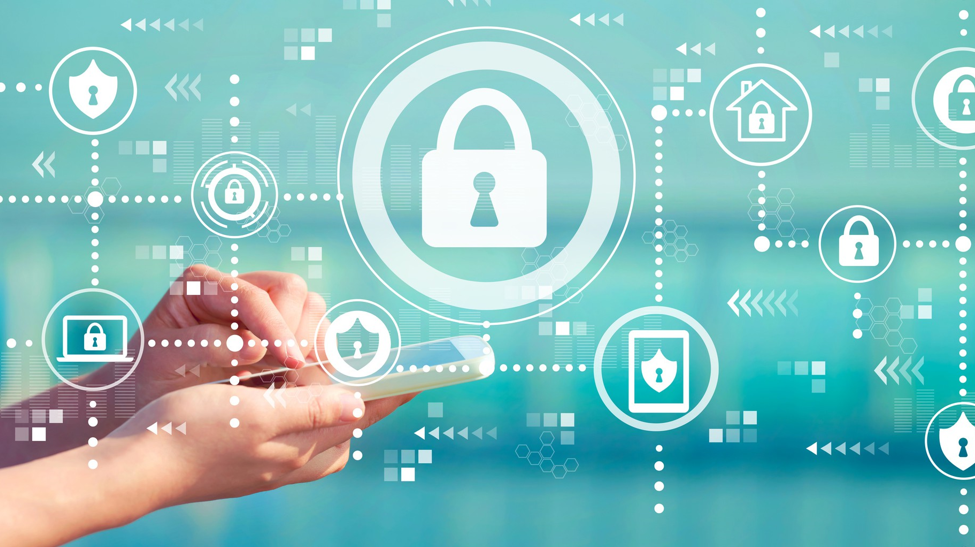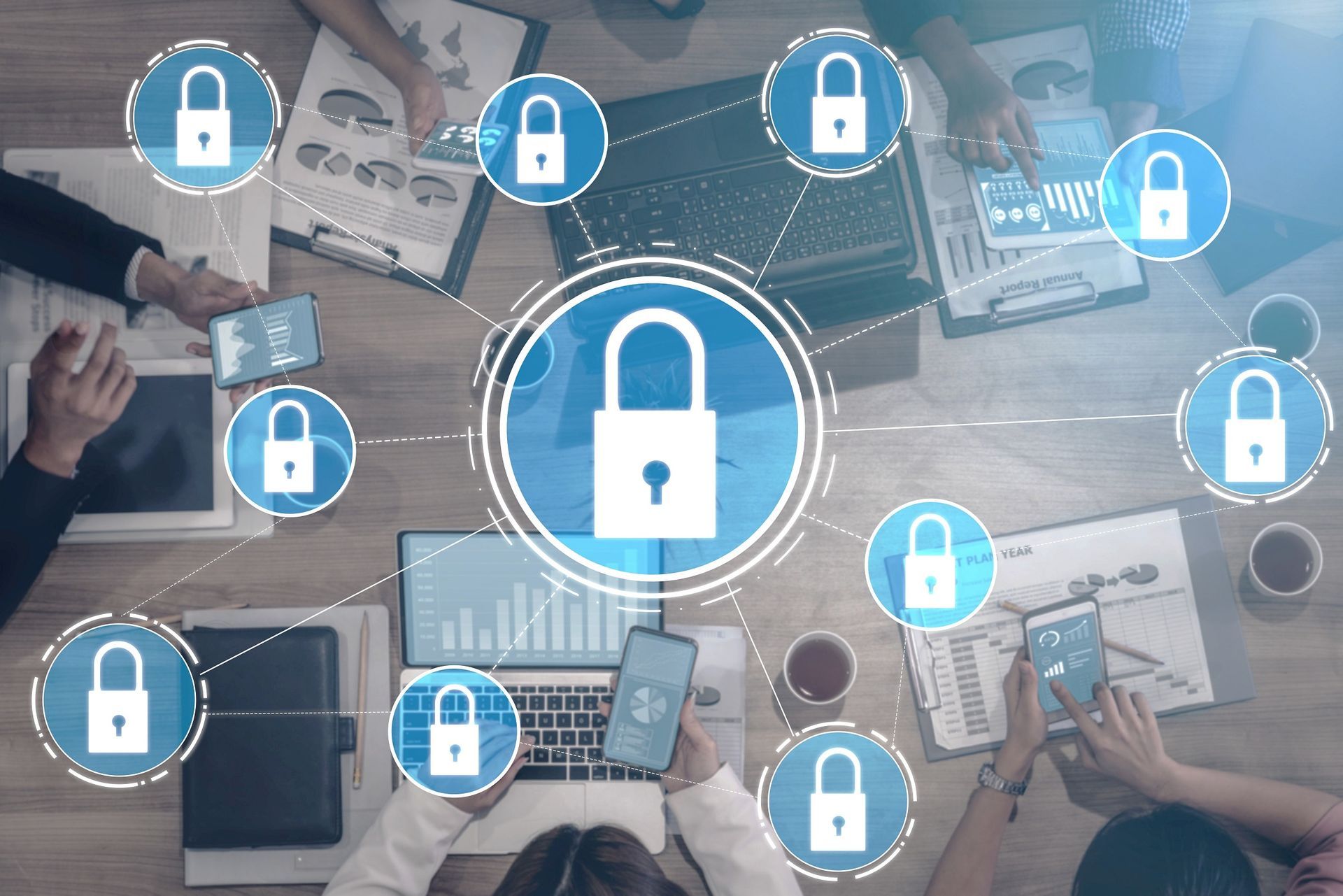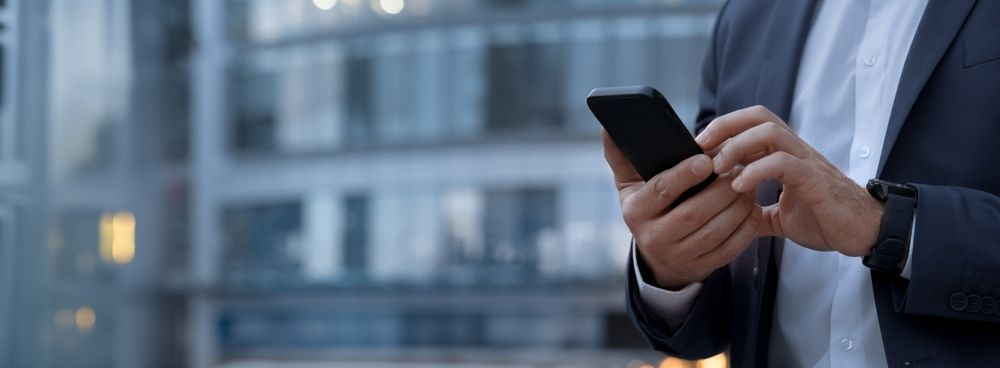THE KEY TO A SAFE AND EFFICIENT SMARTPHONE
The National Security Agency recently recommended that iPhone and Android users restart their phones once a week to help guard against potential cyber threats. Our phones have become essential for communication, entertainment, and productivity in all aspects of life. The home and office are becoming more intertwined with this ever increasing reliance on smartphones to manage our lives. In today's digital landscape where cyber threats loom, phone security is not just a best practice but a necessity. This is especially true for corporations looking to protect sensitive data and maintain operational integrity.

Home and business users alike can benefit from regular phone maintenance. One of the primary reasons to regularly update and reboot your phone is to install security patches that fix vulnerabilities in the operating system. These patches help protect your phone from potential cyber threats and unauthorized access to your data. Additionally, updates often include performance improvements that can enhance the speed and efficiency of your phone, reducing the likelihood of glitches or crashes. By staying up to date, you also ensure that your phone remains compatible with the latest apps and software updates, preventing any compatibility issues that may arise. Bug fixes included in updates address reported issues, boosting the performance and stability of the device. Updates also frequently introduce new features and functionalities that can enhance your user experience and provide you with additional capabilities (like fun new emojis!).
Many people use their personal phones to store a variety of sensitive corporate information, including confidential emails, client details, and important documents. It is crucial to implement strong phone security measures to protect this data, ensuring that unauthorized individuals cannot access it and that critical business information remains secure from potential breaches. Businesses can do this in the form of Mobile Application Management or MAM. MAM allows for centralized control of user devices without being intrusive. Through MAM, the IT Department can set security policies on mobile applications to help prevent unauthorized access to confidential information. For instance, a company may use MAM to restrict the sharing of proprietary data through certain apps such as Outlook and Teams or to implement encryption protocols for secure data transmission. Additionally, MAM helps prevent data loss by allowing remote management of physical access, so businesses can wipe data from lost or stolen phones to stop unauthorized access.
MAM also enhances productivity by streamlining app distribution, updates, and configurations. For instance, a business can use MAM to update Microsoft Mobile apps automatically so employees always have the newest features and security. Plus, it saves money by managing app licenses, tracking app use, and stopping unauthorized app installs. Mobile Application Management is a must-have for businesses wanting to protect data, stay compliant, boost productivity, and save money when it comes to corporate mobile devices.
So, while it is a good idea to keep your phone up to date by rebooting often and installing updates, having additional security measures in place is essential. In today's world of constant cyber threats and digital weaknesses, it's important to take steps to reduce risks and deepen defenses against security issues. By using solid phone security measures, businesses can minimize the effects of cyberattacks, data breaches, and other security problems on their daily operations.
Uncomplicate IT News Blog





